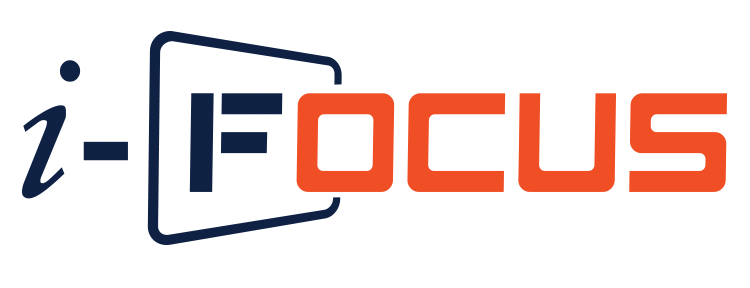Adaptive Vibration Control of Smart Structure Using Deep Reinforcement Learning
Abstract
In this research, the authors developed an adaptive control method using deep reinforcement learning which is a kind of machine learning to suppress the vibration of smart structures. This method just requires information about the control response and input, and don’t require numerical models for the controlled object to design the controller. We experimented to verify the effectiveness of this method. In this experiment, a smart structure fabricated by an aluminum plate and a piezoelectric actuator was used as a controlled object. Three kinds of reinforcement learning algorithms are employed, Deep Q Network (DQN), Deep Deterministic Policy Gradient (DDPG), and Twin Delayed DDPG (TD3), and the control performance is compared. As a result, we succeeded in reducing the norm of the frequency response to impulse disturbance by up to about 40 dB compared to the uncontrolled case. This demonstrates the applicability of the control method using deep reinforcement learning to adaptive vibration control.

This work is licensed under a Creative Commons Attribution-ShareAlike 4.0 International License.











